April 5, 2020
The beauty of the natural world has inspired artists and poets since humans have been able to express their creativity on paper and canvas. Woodlands and forests are common destinations for people who just want to get away from the regular hustle and bustle of modern life. Now, as many workplaces and schools are shut down to slow the spread of Covid 19, people are flocking to natural areas, but they too are being closed to enforce social distancing.
People are being forced to look inward for ways to pass the time. We continue to be connected through the internet and we’re entertained by Netflix, but we still need real contact with the outdoors, even if it’s just sitting on the back steps and watching birds flit in and out of trees or standing on the balcony and watching the clouds drift across the sky.

All of us need a space in the outdoors. When my children were young, we lived on a fairly small lot in the country. One corner of the yard had a few mature deciduous trees surrounded by a thicket of dogwoods. The three children loved playing in “dogwood cottage” and would often come running out to show me some strange creature they found like a walking stick or katydid. Dogwood cottage was a world where adults didn’t exist and the children were free to discover, build and make up their own rules. For many property owners, this area would have been considered untended and an eye sore. For the children, it was paradise. For me, it was a hands-off wild space.
Even one mature deciduous tree can become the site of a mini woodland filled with a couple of shade tolerant trees, shrubs, ferns, woodland sedges and woodland flowers.
A typical deciduous forest is layered with the tallest trees forming the canopy layer. Smaller shade tolerant trees make up the understorey. Below the understorey live the shade tolerant shrubs, subshrubs and finally the perennial non-woody plants like the wildflowers, ferns, woodland grasses and sedges. To mimic that on a small scale invites a host of creatures that take advantage of the varying heights to build nests, find food and shelter. A small space in a healthy woodland is biodiverse. It can also be biodiverse in our yards. If you build it, they will come.

Small trees that will grow in the shade of taller trees are allegheny serviceberry, hop hornbeam, and blue beech. The serviceberry is a great addition in any yard as it bursts out into showy flowers in early spring and is therefore great for pollinators; the fruit is consumed by birds. Understorey trees can be planted about two metres from the main tree. A metre or so from the mature tree or understorey trees, one can plant shrubs like pagoda dogwood, beaked hazelnut, or maple-leaved viburnum.
Every forest has a litter layer out of which emerge the spring wildflowers such as hepatica, trilliums, bellwort, woodland phlox, wild columbine, wild ginger, solomon’s seal, dutchman’s breeches, trout lilies, Canada mayflower, jack-in-the-pulpit, blue cohosh, sarsaparilla, early meadowrue, bloodroot, wild leek, foamflower, violets, miterwort, and mayapple. Close to the forest floor, one can grow creeping plants like partridgeberry.
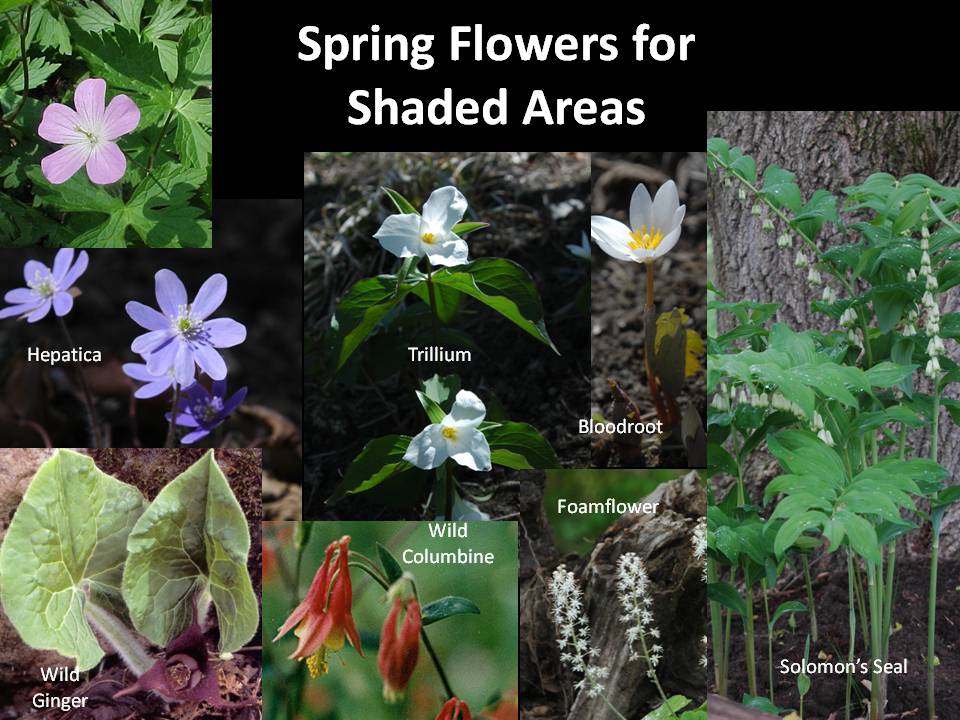
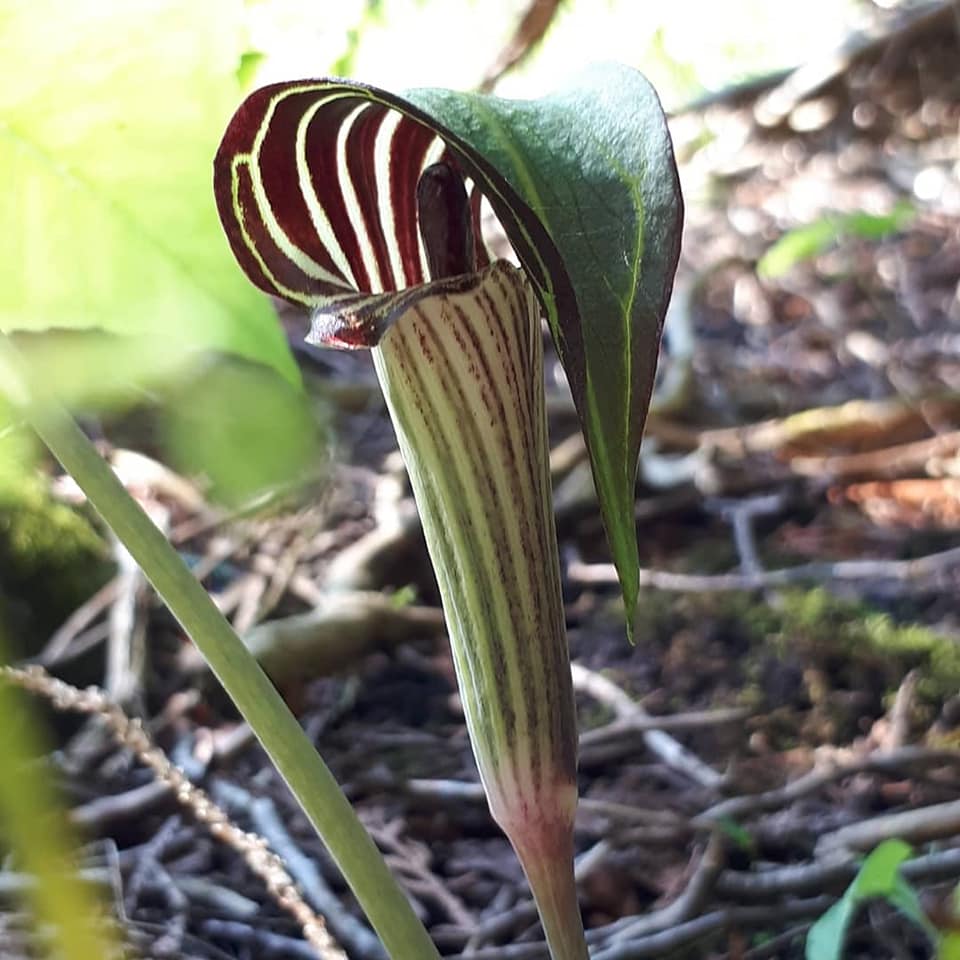





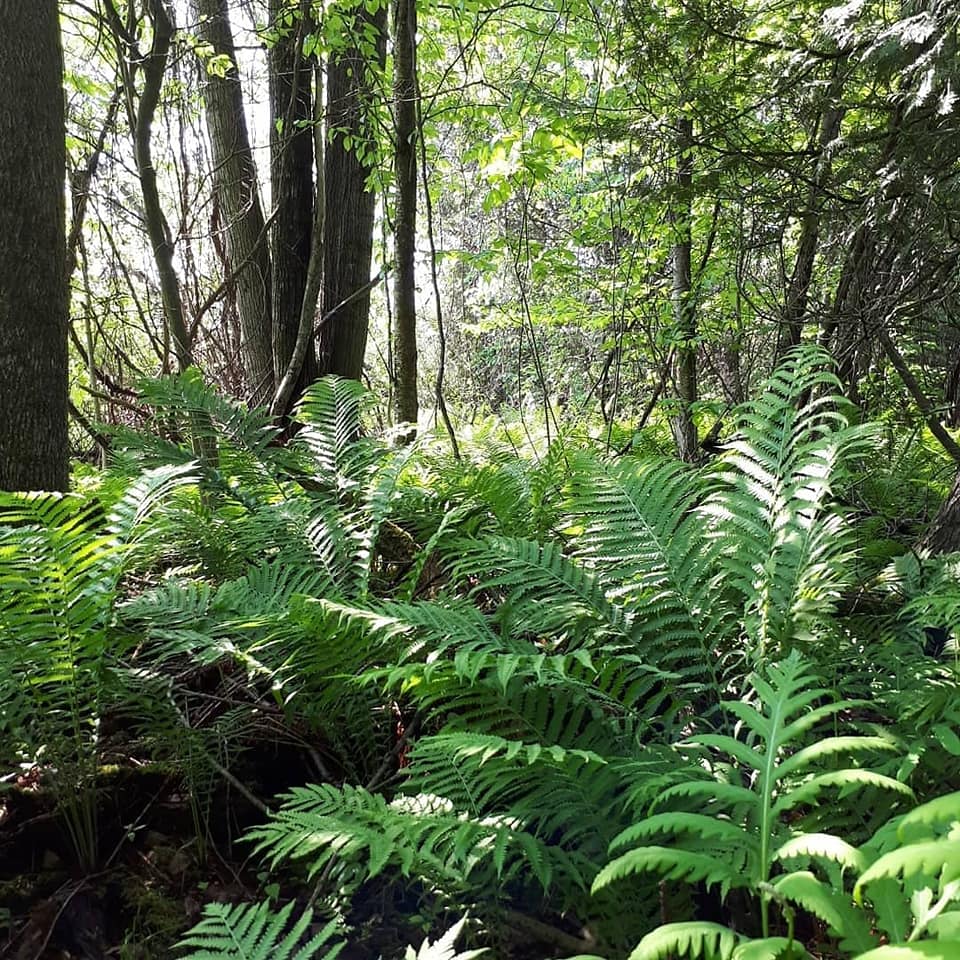
No woodland garden should be without ferns. The wood fern and Christmas fern are evergreen. Lady, maidenhair and ostrich ferns all die back and emerge in spring as curled up fronds that look like fiddleheads. The ostrich fern fiddlehead is prized as a spring delicacy.

When planning a woodland garden, consider heights, how it spreads and whether the species is ephemeral. Many die back after the trees fully leaf out. Among these are wild leeks, dutchman’s breeches and trout lilies.
Timing in the woodland is fascinating. Trees bloom before the leaves emerge. This facilitates wind pollination. As so much light is able to get to the forest floor in early spring, most woodland wildflowers waste no time to quickly bloom and grow while they can benefit from sunlight before the tree leaves intercept it. This is why the woodland is the ideal place to go to see spring flowers.
A woodland garden would not be complete without a log or two. These become moss-covered with time and the logs will support fungi and the many creatures that live in and under this vital part of the forest floor.
Rocks are another point of interest. When they cool down during the night, they stay cooler during warm, humid days allowing water to condense out of the air onto their surface and trickle down to the plant roots and creatures underneath. This also makes it possible for rocks to slowly become colonized by mosses.
Imagine this tiny woodland in your yard with a pathway running through it, maybe covered with bark mulch or stepping stones that invite your children or grandchildren to explore this fascinating community. A couple of nesting boxes may become homes for chickadees, nuthatches or woodpeckers. It’s a great time of year to make a woodland garden a family project during a time when isolation is forcing many of us to stay home and make the best of a serious pandemic.

I spent many years as an outdoor educator and know the value of taking children into woodlands to learn about natural science, do art, math, and writing. If children are actively involved in planning and recreating natural areas in their yards, they will most likely emerge from this season of enforced home schooling more connected to nature and feeling empowered to make a difference. They will then have greater potential to lead society into a new era of living in harmony with the natural world.
As children develop a greater awareness of the diversity of life in their own yards, adults would do well to ask for and listen to their insights.
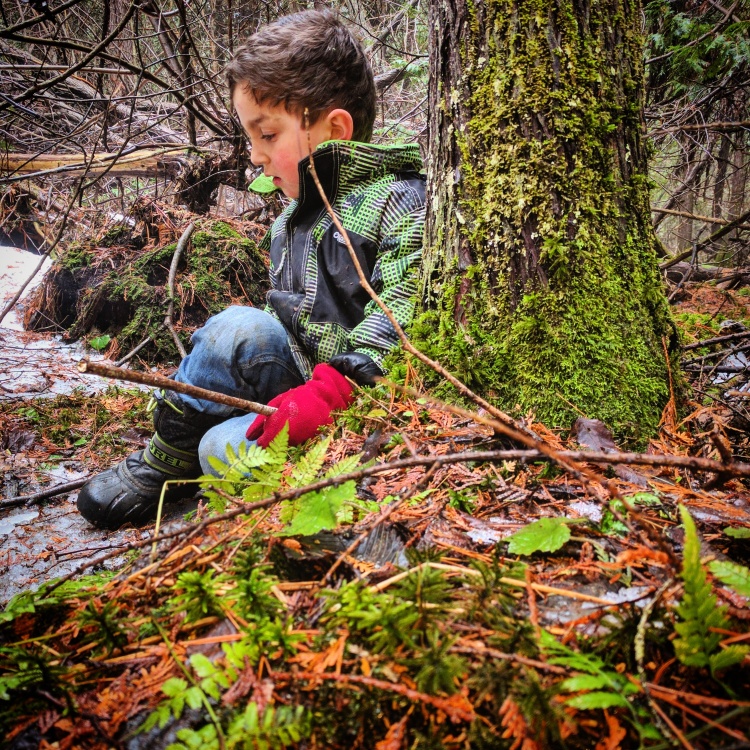


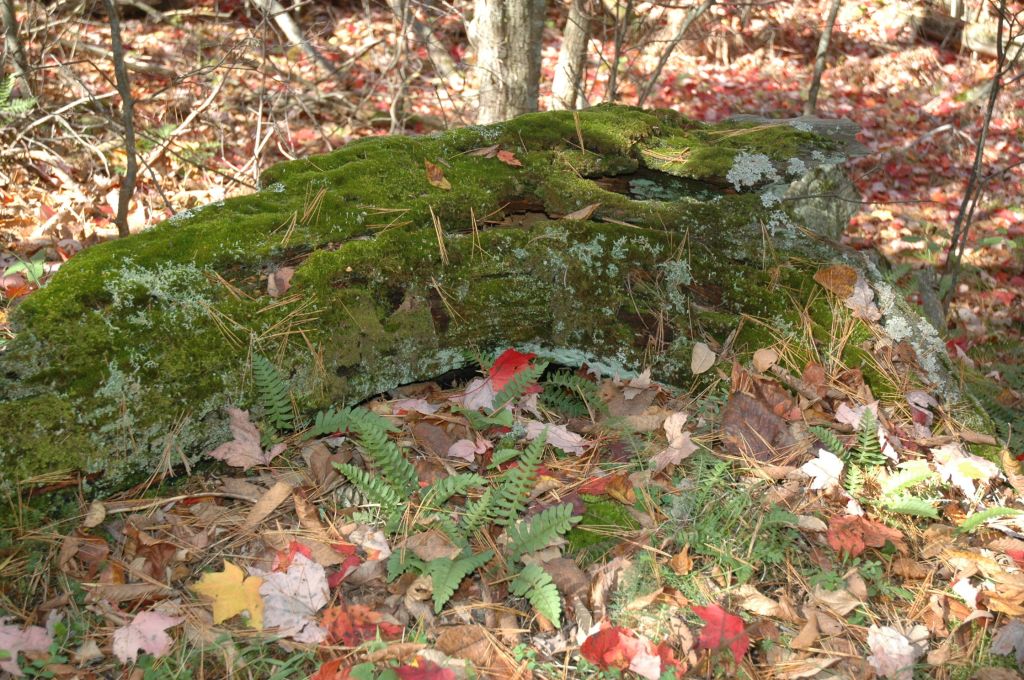
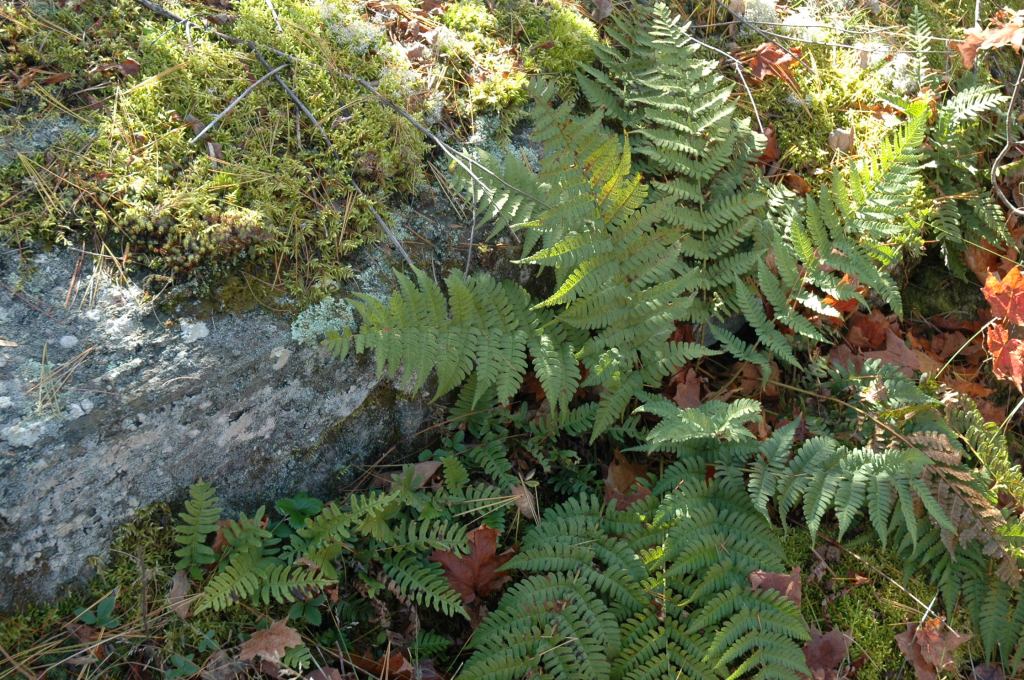
Enjoying your posts so much Bea. You have been educating us for so many years. Cheers!
LikeLike